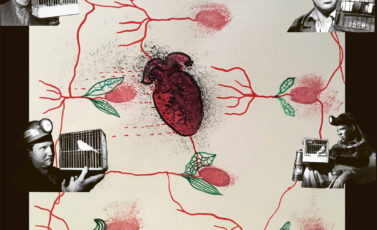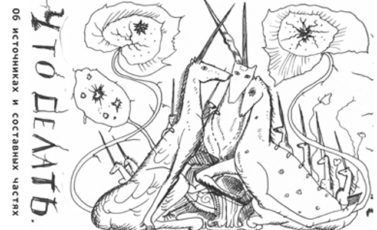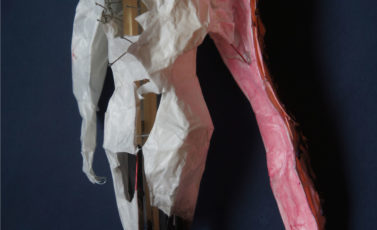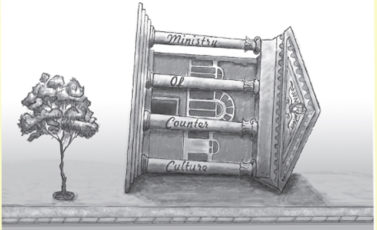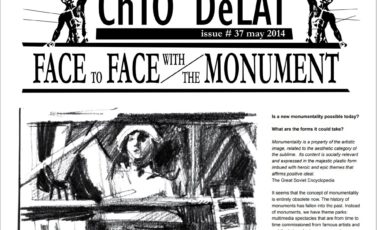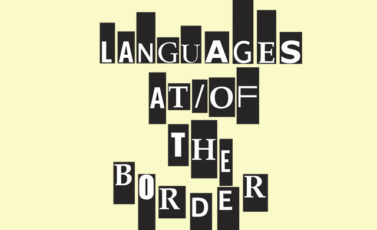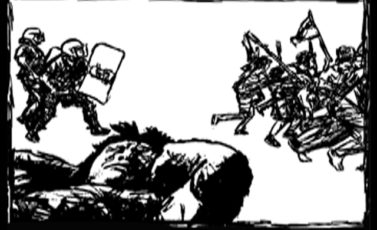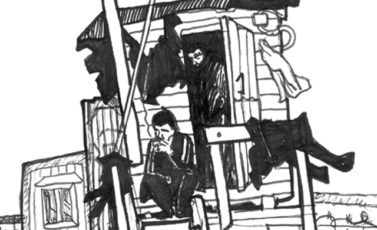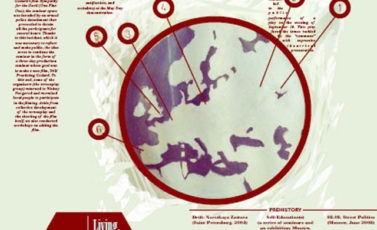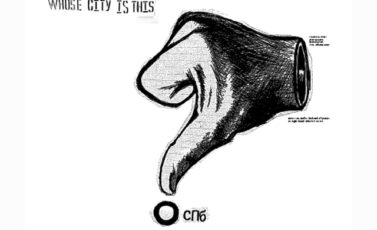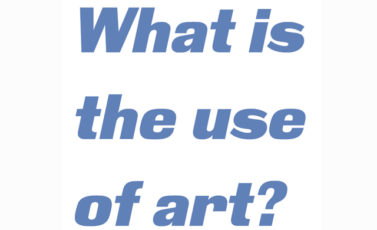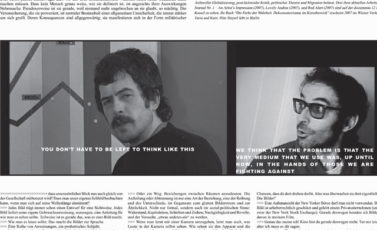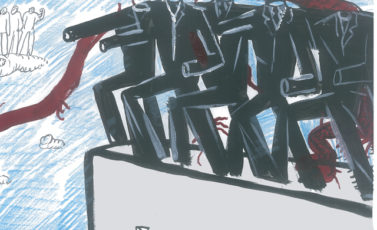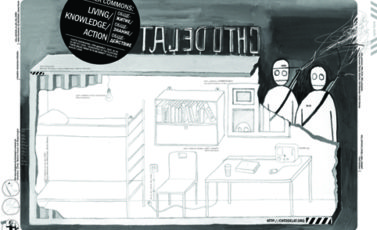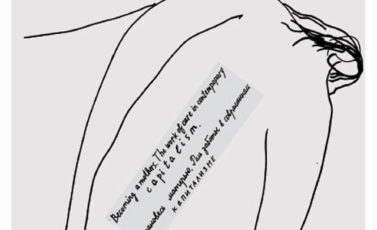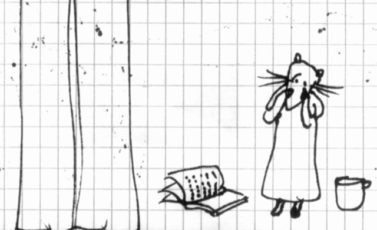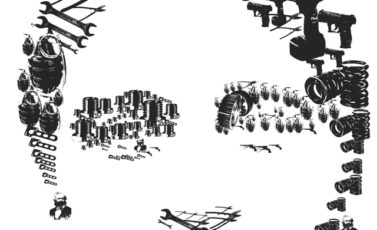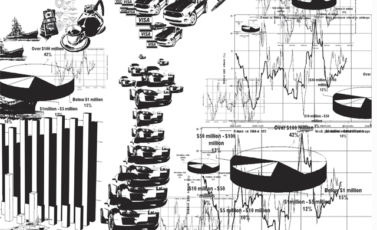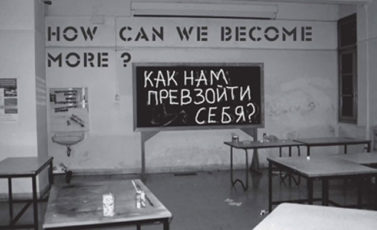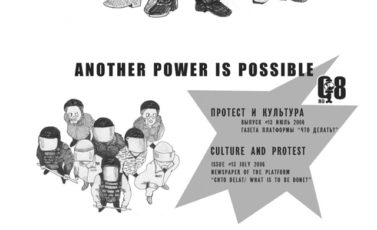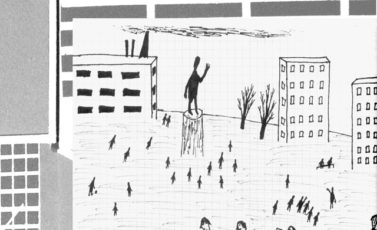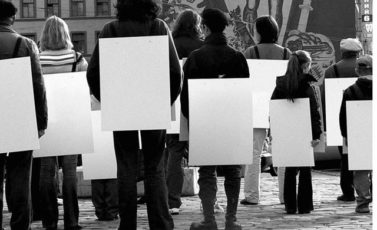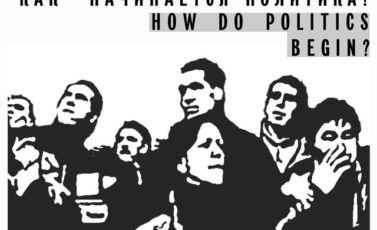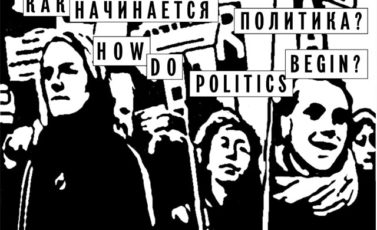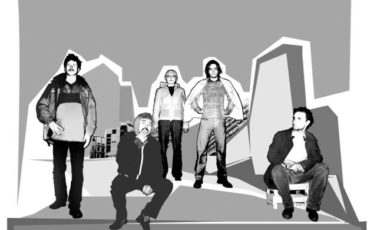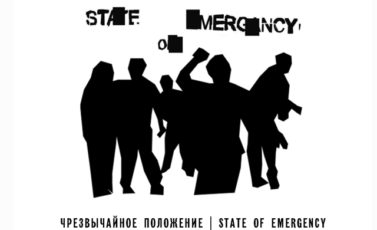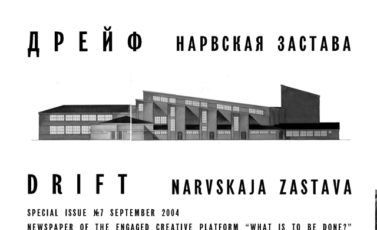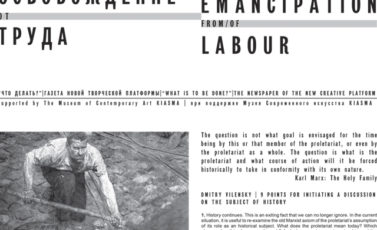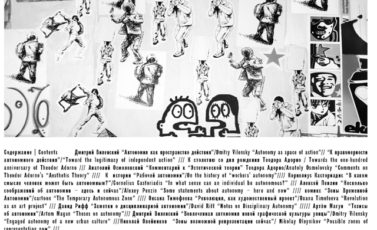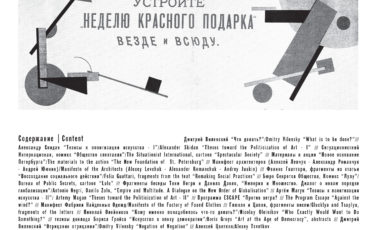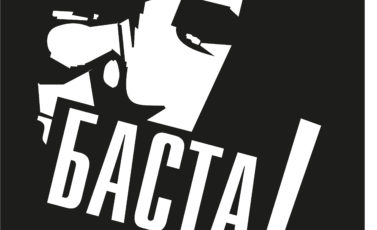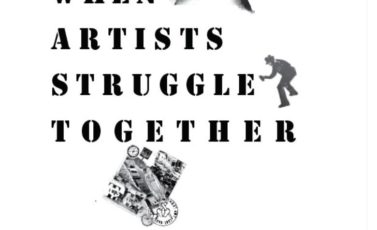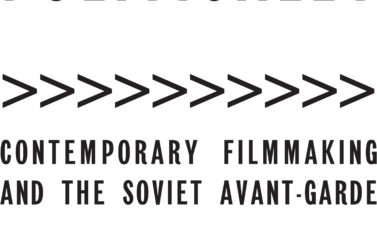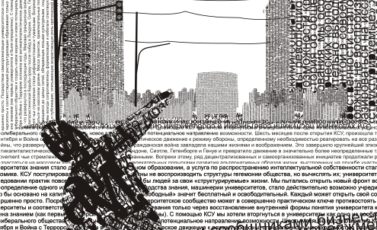Newspapers
“The role of a newspaper is not limited, however, merely to the spreading of ideas, merely to political education and attracting political allies. A newspaper is not only a collective propagandist and collective agitator, but also a collective organiser. In this respect it can be compared to the scaffolding erected around a building in construction, which marks the contours of the structure, facilitates communication between the builders and permits them to distribute the work and to view the common results achieved by their organised labour”.
Vladimir Lenin “Where To Begin”, 1901
The main idea which stands behind the publication of Chto Delat newspaper is an attempt to translate this “old school” rhetoric of party publication into current situation of the artistic production of collective which deals with different type of constituencies.
Since 2003, the collective Chto Delat has been publishing an eponymous newspaper. Most of newspapers are fully bilingual (English/Russian). The editorial process draws artists, critics, activists and philosophers into a heated debate, which results in theoretical essays, art projects, open-source translations, questionnaires, dialogues, and comic strips.
The newspaper is edited by Dmitry Vilensky in collaboration with the collective (till 2008 it was mainly co-edited by Vilensky and David Riff). The newspaper appears roughly 2–5 issues a year. It varies between 16 and 32 pages (A3). Its editions (2,000- 10,000 copies) are distributed for free, as a take-away medium. Each newspaper addresses a theme or problem related to the current artistic production of the collective. This take-away publication is distributed for free at congresses or exhibitions, social forums and rallies, where it reaches and forms different constituencies. Sometimes the newspaper is used as a form of intervention into concrete situations dictated by the urgencies of protests, intellectual provocations or comments.
The graphic politics of the newspaper are based on inviting one artist (often from the collective) who produces the whole set of images which conceptually contribute to the theme of publication.









